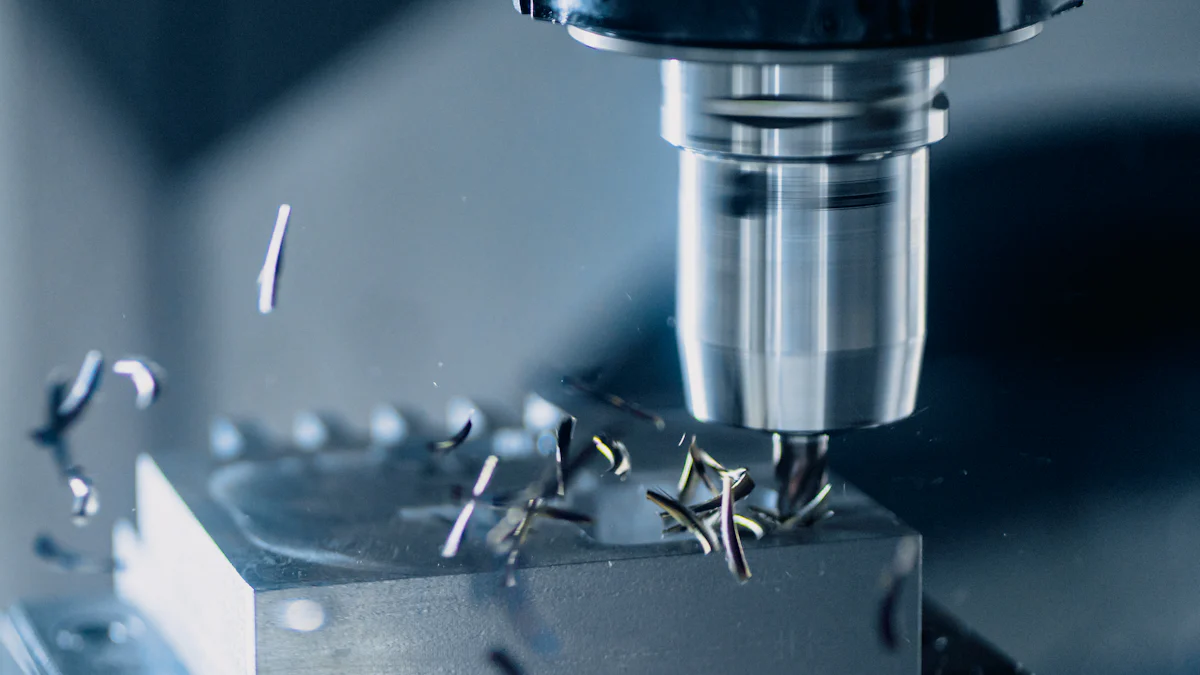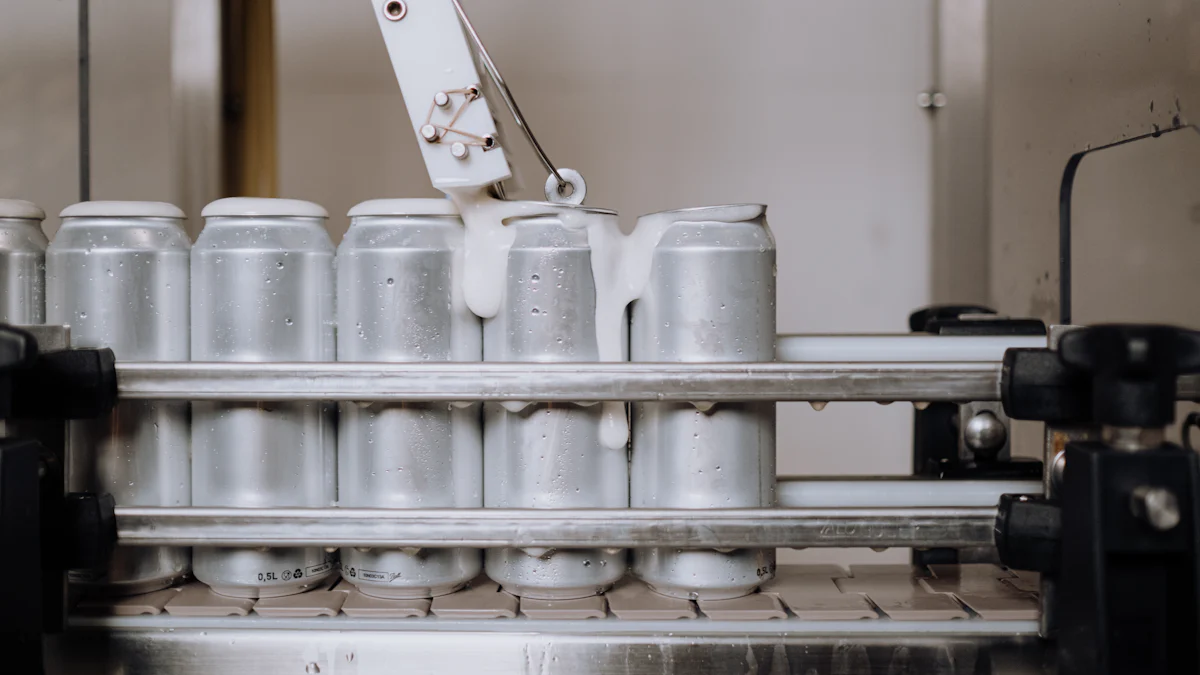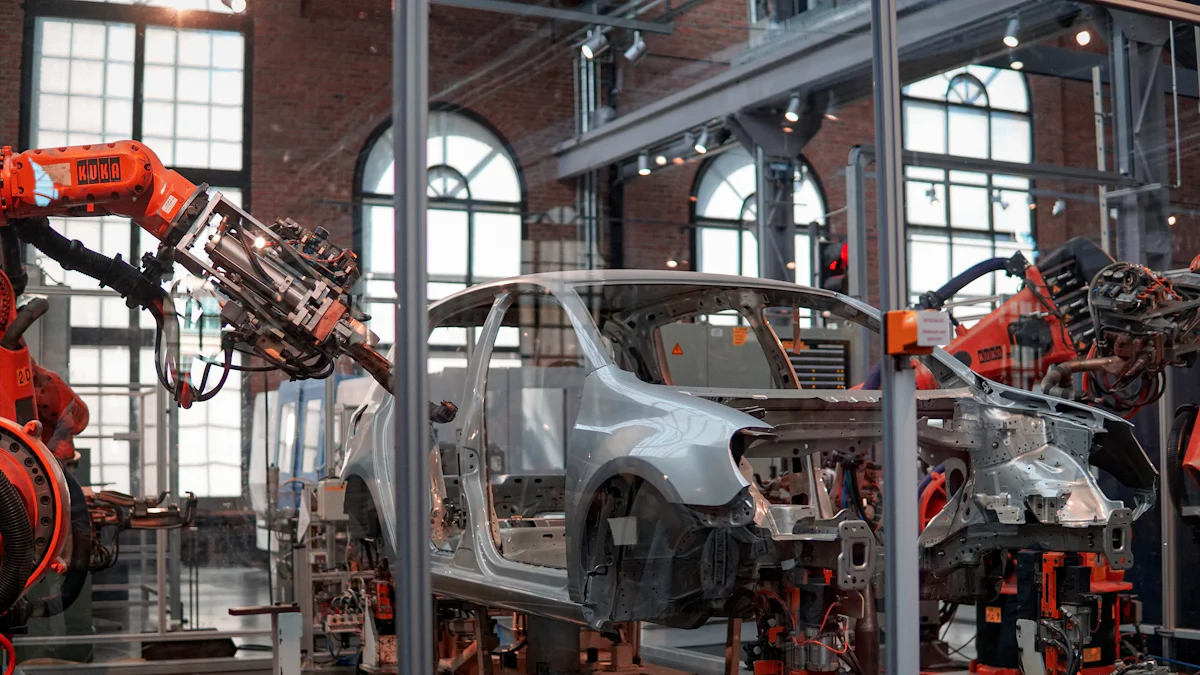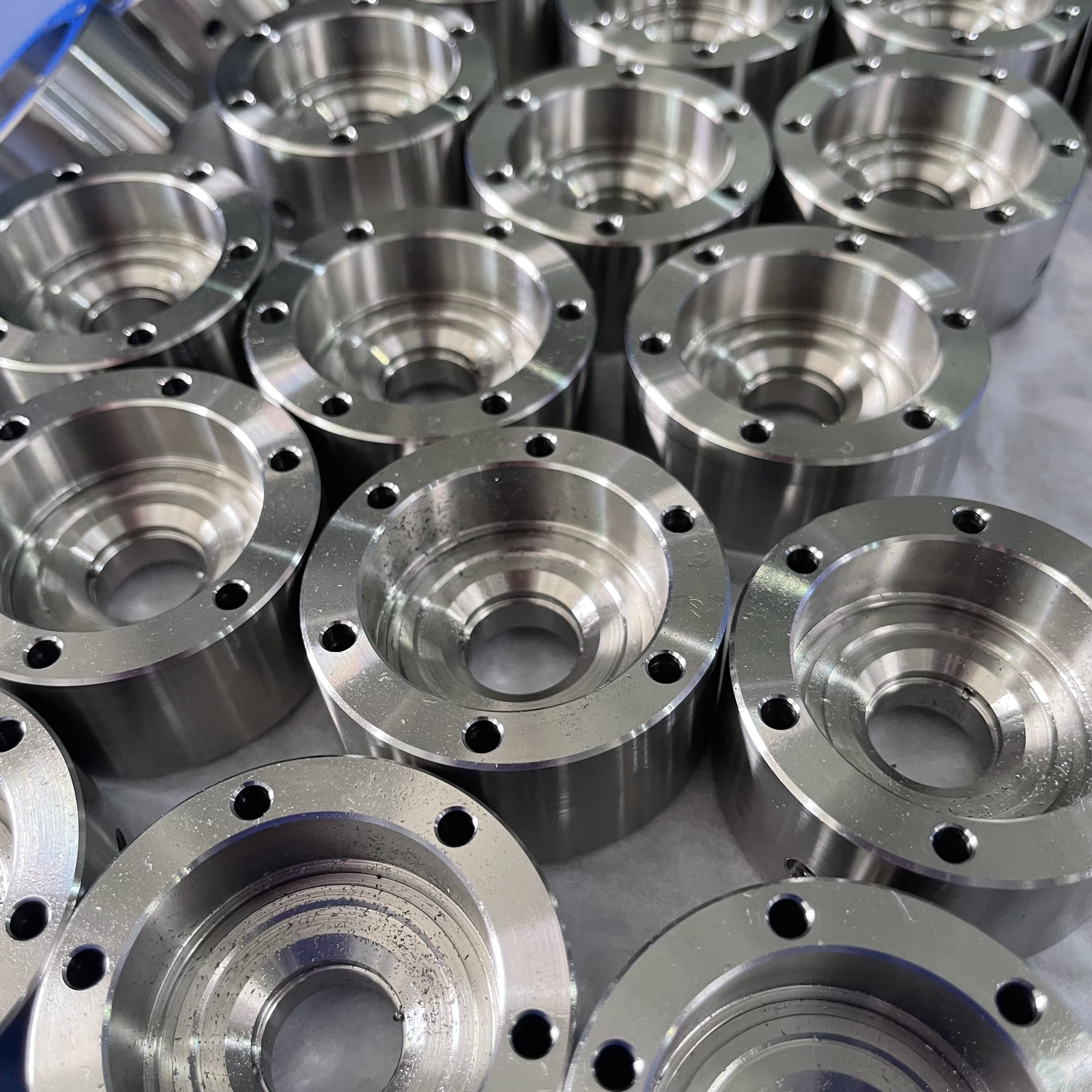What is your typical lead time for CNC machining orders?

CNC Machining orders are a pivotal process in modern manufacturing, ensuring precision and efficiency in producing CNC Hardware and Custom parts. Understanding the lead time in CNC service is crucial for effective production planning. Various factors influence the lead time, such as material availability, part complexity, machine capacity, order volume, and post-processing requirements. By comprehending these influences, CNC Manufactury can streamline their operations and optimize project timelines for successful outcomes.
Factors Affecting Lead Time

Material Availability
Commonly Used Materials: Different materials like aluminum, steel, and titanium impact lead times due to varying machining properties.
Impact of Material Shortages: Scarcity of raw materials can disrupt production schedules, leading to delays in CNC machining orders.
Complexity of Design
Simple vs. Complex Parts: The intricacy of part design affects the time needed for precise machining operations.
Influence of Tolerances and Specifications: Stringent tolerances and detailed specifications extend lead times to ensure accuracy in manufacturing processes.
Machine Availability and Capacity
Scheduling and Machine Downtime: Efficient scheduling reduces downtime, optimizing machine utilization for timely completion of orders.
Impact of High-Demand Periods: During peak demand, machine availability may be limited, affecting lead times for CNC machining projects.
Order Volume
When considering Single Part Orders, the production lead time for CNC machining can be significantly influenced by factors such as machine availability and part complexity. The intricacy of the part design and the capacity of the machining equipment play crucial roles in determining the time required for precision manufacturing processes. Additionally, variations in material properties and quality standards can impact lead times, necessitating careful planning and coordination to meet project deadlines effectively.
In contrast, Batch Production introduces a different set of considerations that affect CNC machining lead times. The quantity of parts being produced in a batch can impact scheduling efficiency and machine utilization rates. By optimizing batch sizes and production sequences, manufacturers can minimize idle times between operations and enhance overall workflow productivity. Moreover, strategic planning for batch production enables better resource allocation and streamlined post-processing activities, contributing to shorter lead times for CNC machining orders.
Surface Finishing
The final stages of CNC machining often involve Surface Finishing processes that add aesthetic appeal and functional enhancements to machined parts. Techniques like polishing, deburring, or coating may introduce additional lead time requirements based on the complexity of surface treatments desired. Quality control measures during surface finishing are essential to ensure compliance with design specifications and customer expectations, further influencing the overall project timeline.
Additional Treatments (e.g., heat treatment, coating)
Beyond surface finishing, certain parts may require Additional Treatments such as heat treatment or specialized coatings to enhance durability or performance characteristics. These secondary processes contribute to the overall lead time for CNC machining orders by extending processing durations and introducing specific handling requirements. Effective coordination between design engineers and production teams is vital to integrating these treatments seamlessly into manufacturing workflows while minimizing delays.
Typical Lead Time Ranges
Standard Lead Times for Common Orders
Prototyping
Prototyping in CNC machining typically involves creating initial models or samples to validate designs and test functionality.
Precision is paramount during the prototyping phase to ensure that subsequent production runs meet quality standards.
Efficient communication between design teams and manufacturers is essential to streamline the prototyping process and minimize lead times.
Small Batch Production
Small Batch Production caters to limited quantity manufacturing needs, offering flexibility and cost-effectiveness for specialized projects.
Optimizing batch sizes and production sequences can enhance workflow efficiency, reducing idle times between operations.
Strategic planning for small batch production enables efficient resource allocation and streamlined post-processing activities, contributing to shorter lead times for CNC machining orders.
Expedited Orders
Conditions for Rush Orders
Rush Orders require accelerated processing to meet tight deadlines or urgent project requirements.
Effective coordination between design engineers, production teams, and suppliers is crucial to expedite rush orders without compromising quality.
Prioritizing critical tasks, optimizing machine utilization, and implementing agile scheduling practices are key strategies for fulfilling rush orders promptly.
Additional Costs and Feasibility
Expedited Orders may incur additional costs due to accelerated processing requirements or overtime labor expenses.
Evaluating the feasibility of rush orders involves assessing available resources, machine capacity, and material availability.
Transparent communication with clients regarding potential surcharges or adjustments in delivery timelines is essential when expediting CNC machining projects.
Strategies to Reduce Lead Time

Efficient Design Practices
Design for Manufacturability (DFM)
Design for Manufacturability (DFM) is a critical approach that optimizes the manufacturability of parts, reducing lead times by considering machining capabilities early in the design phase. By designing parts with ease of manufacturing in mind, engineers can minimize complex features that may prolong production cycles. This proactive strategy enhances collaboration between design teams and CNC machining experts, ensuring seamless translation of designs into efficient manufacturing processes.
Simplifying Geometries
Simplifying geometries in part designs is a strategic method to expedite CNC machining lead times. By minimizing intricate shapes and intricate details, manufacturers can streamline machining operations, reducing setup times and enhancing overall production efficiency. Simplified geometries also facilitate material optimization and toolpath planning, contributing to cost-effective manufacturing solutions without compromising quality standards.
Effective Communication with Suppliers
Clear Specifications and Requirements
Clear specifications and requirements are fundamental elements in reducing lead times for CNC machining orders. Precise communication of part specifications, tolerances, and surface finish requirements enables suppliers to accurately plan production schedules and allocate resources efficiently. Transparent communication channels between customers and suppliers foster mutual understanding, allowing for timely adjustments and proactive resolution of potential issues that may impact lead time.
Regular Updates and Feedback
Regular updates and feedback mechanisms play a pivotal role in maintaining streamlined workflows and minimizing lead times in CNC machining projects. Continuous communication between stakeholders ensures alignment on project milestones, progress updates, and any unforeseen challenges that may arise during production. Timely feedback loops enable quick decision-making processes, promoting agile responses to evolving project requirements while upholding delivery timelines effectively.
Advanced Planning and Scheduling
Forecasting Demand
Forecasting demand is a strategic practice that anticipates future production needs based on historical data trends and market analysis. By accurately forecasting demand for CNC machining services, manufacturers can proactively adjust production capacities, raw material inventories, and workforce allocations to meet fluctuating customer requirements efficiently. This proactive approach minimizes lead times by aligning production schedules with anticipated demand patterns, optimizing resource utilization across all operational levels.
Utilizing Production Management Software
Utilizing advanced production management software enhances operational efficiencies by automating scheduling tasks, monitoring real-time production statuses, and optimizing workflow sequences for minimal lead times. Integrated software solutions offer comprehensive visibility into project timelines, resource allocations, and machine utilization rates, enabling informed decision-making processes at every stage of CNC machining operations. By leveraging technology-driven tools for planning and scheduling activities, manufacturers can achieve higher productivity levels while maintaining stringent quality standards throughout the manufacturing process.
Analyzing the entire production process is essential for CNC Manufactury to optimize workflow and meet lead time expectations. Running machines at full capacity and reducing cycle times are critical strategies in CNC machining projects. Strengthening quality control measures and planning production schedules reasonably contribute to successful outcomes. Investing in advanced equipment and upgrading technical expertise can further enhance efficiency. Building strong customer relations fosters collaboration and ensures timely deliveries, aligning with industry standards.
See Also
Streamlined CNC Machining Solutions for Precise Manufacturing
Grasping Material Needs for CNC Precision Machining
Discovering CNC Machining Solutions for Precise Production
Perfecting CNC Machining for Precise Part Production
Impact of CNC Precision Parts Processing on Manufacturing Expenses
About US
Follow Us
Your prototype holds unparalleled significance, and we deeply value its uniqueness. Collaborating with you during the preparation phase for running your prototype or parts is a commitment we gladly embrace. Whether it's a single part or a complex assembly, we are dedicated to selecting the optimal tools and pathways to bring your envisioned product to life.
At Precision Fab CNC Machining, we specialize in producing parts for prototypes, short runs, and high-volume production. Our prototyping machine capabilities extend across metal, plastic, and wood machining, with welding fabrication services available to complement and finalize your prototype if required.
Address
Address: Room320 10F, Building A,Nanshan international building, Dayawan District, Huizhou, Guangdong, 516001 China
Contacts
billy@timaycnc.com

